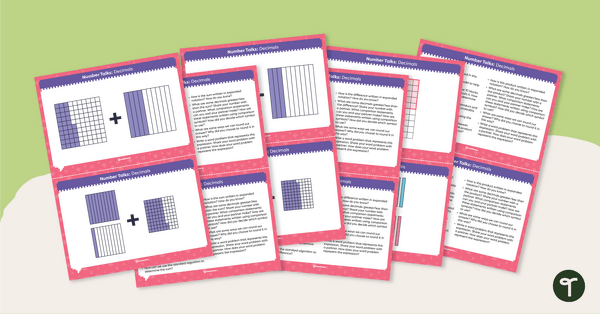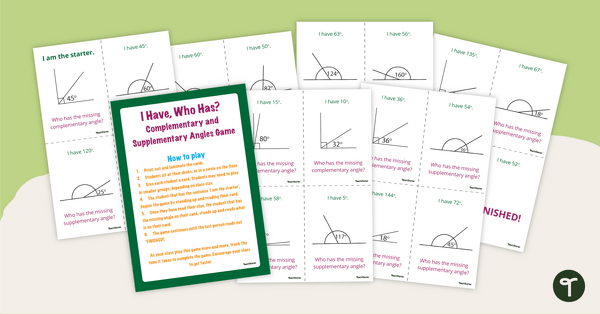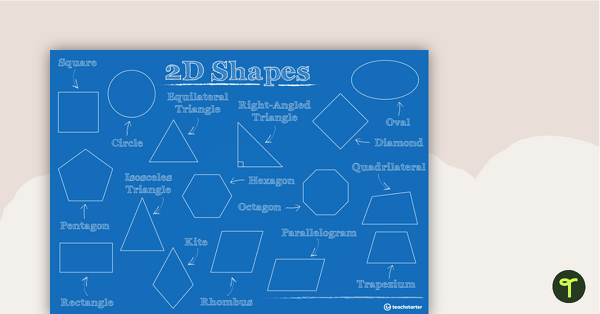Year 7
The proficiency strands understanding, fluency, problem-solving and reasoning are an integral part of mathematics content across the three content strands: number and algebra, measurement and geometry, and statistics and probability. The proficiencies reinforce the significance of working mathematically within the content and describe how the content is explored or developed. They provide the language to build in the developmental aspects of the learning of mathematics. The achievement standards reflect the content and encompass the proficiencies.
At this year level:
- understanding includes describing patterns in uses of indices with whole numbers, recognising equivalences between fractions, decimals, percentages and ratios, plotting points on the Cartesian plane, identifying angles formed by a transversal crossing a pair of lines, and connecting the laws and properties of numbers to algebraic terms and expressions
- fluency includes calculating accurately with integers, representing fractions and decimals in various ways, investigating best buys, finding measures of central tendency and calculating areas of shapes and volumes of prisms
- problem-solving includes formulating and solving authentic problems using numbers and measurements, working with transformations and identifying symmetry, calculating angles and interpreting sets of data collected through chance experiments
- reasoning includes applying the number laws to calculations, applying known geometric facts to draw conclusions about shapes, applying an understanding of ratio and interpreting data displays.
(source: www.australiancurriculum.edu.au)
Achievement Standard
By the end of Year 7, students solve problems involving the comparison, addition and subtraction of integers. They make the connections between whole numbers and index notation and the relationship between perfect squares and square roots. They solve problems involving percentages and all four operations with fractions and decimals. They compare the cost of items to make financial decisions. Students represent numbers using variables. They connect the laws and properties for numbers to algebra. They interpret simple linear representations and model authentic information. Students describe different views of three-dimensional objects. They represent transformations in the Cartesian plane. They solve simple numerical problems involving angles formed by a transversal crossing two lines. Students identify issues involving the collection of continuous data. They describe the relationship between the median and mean in data displays.
Students use fractions, decimals and percentages, and their equivalences. They express one quantity as a fraction or percentage of another. Students solve simple linear equations and evaluate algebraic expressions after numerical substitution. They assign ordered pairs to given points on the Cartesian plane. Students use formulas for the area and perimeter of rectangles and calculate volumes of rectangular prisms. Students classify triangles and quadrilaterals. They name the types of angles formed by a transversal crossing parallel line. Students determine the sample space for simple experiments with equally likely outcomes and assign probabilities to those outcomes. They calculate mean, mode, median and range for data sets. They construct stem-and-leaf plots and dot-plots.
(source: www.australiancurriculum.edu.au)
- Plus Plan

Number Talks - Integer Operations Task Cards
Build number sense skills with this set of 24 task cards.
- Plus Plan

Number Talks – Decimal Operations Task Cards
Explore decimal operations with your students using this set of 26 number talk task cards.
- Plus Plan

Advanced Angles Teaching Slides
Teach your students about advanced angle types with this teaching presentation perfect for upper primary school maths lessons.
- Free Plan

Fractions Number Line - Thirds, Sixths and Twelfths
Demonstrate the concept of thirds, sixths, and twelfths on a number line with a printable number line display and student reference sheets.
- Plus Plan

I Have, Who Has? – Complementary and Supplementary Angles Game
Play a whole-class game to review complementary and supplementary angles.
- Plus Plan

Multiplying with Decimals Bingo Game
Get your students multiplying decimals by whole numbers with this engaging Bingo game.
- Plus Plan

2D Shapes Blue Print Poster
2D Shapes and their names on one poster.
- Plus Plan

Individual 2D Shapes Blue Print Posters
2D Shapes and their names, diagrams and properties on individual posters.
- Plus Plan

Volume of 3D Objects Poster
A poster highlighting the formula for finding the volume of common 3D objects.
- Plus Plan

Fractions Resource Pack
A collection of resources exploring fractions.